|
|
Post by Admin on Jan 21, 2022 10:21:00 GMT -7
The east side of the San Raphael Swell is an amazing location to visit and collect. Turn south off US 50 on Utah State Road 24 toward Hanksville. 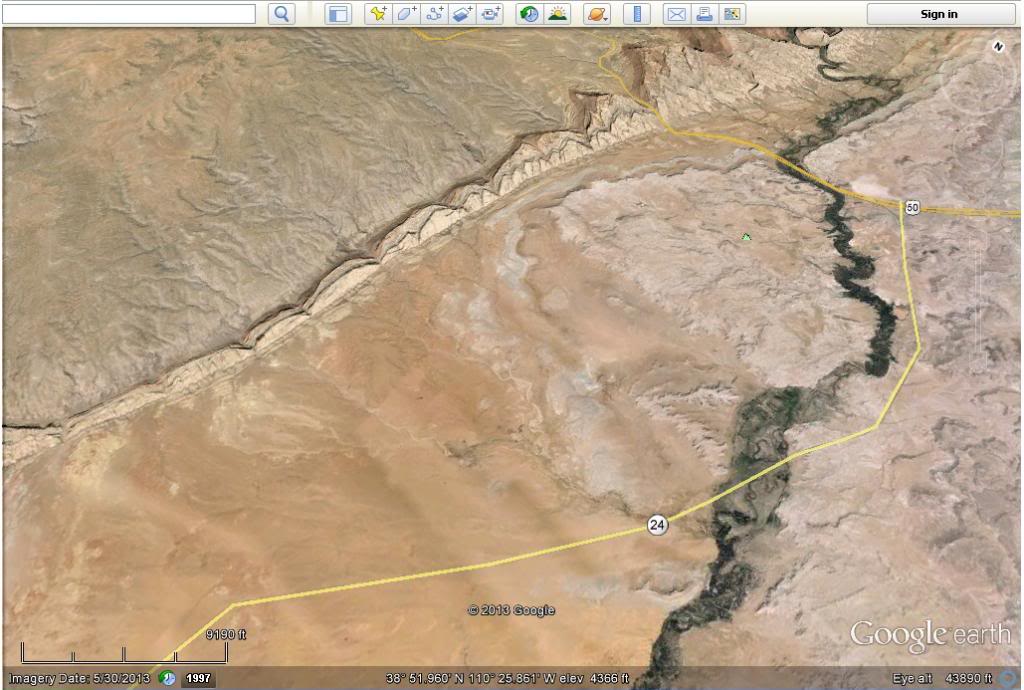 Just looking around is worth the trip. I place a Gypsy Curse on anyone who tries to remove truck loads of material from here!  This area was once a lake filled with stromatolites that have been replaced with red, yellow, and purple jasper. It is often found with hollows that have filled with dog-tooth calcite or celestite crystals inside. Stromatolite surface buds form what is locally known as "Grape Agate." 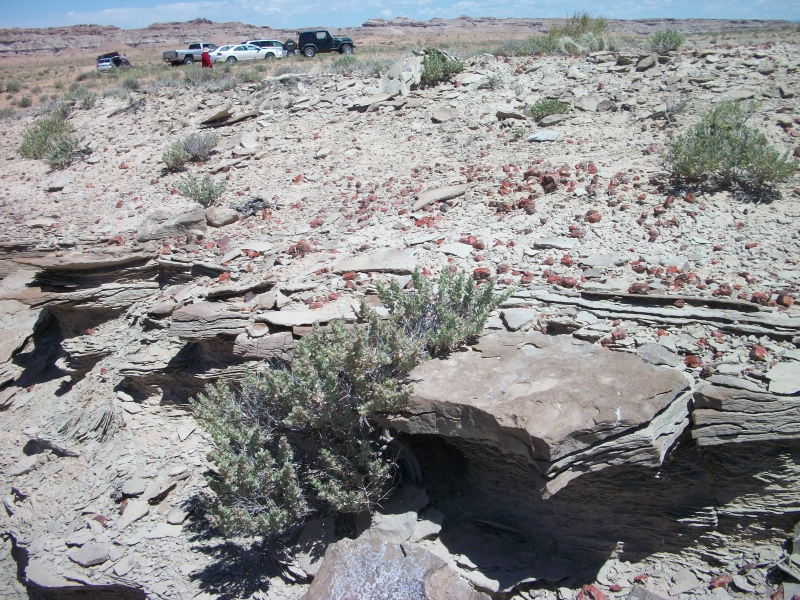 Here are five views of one of my finds. 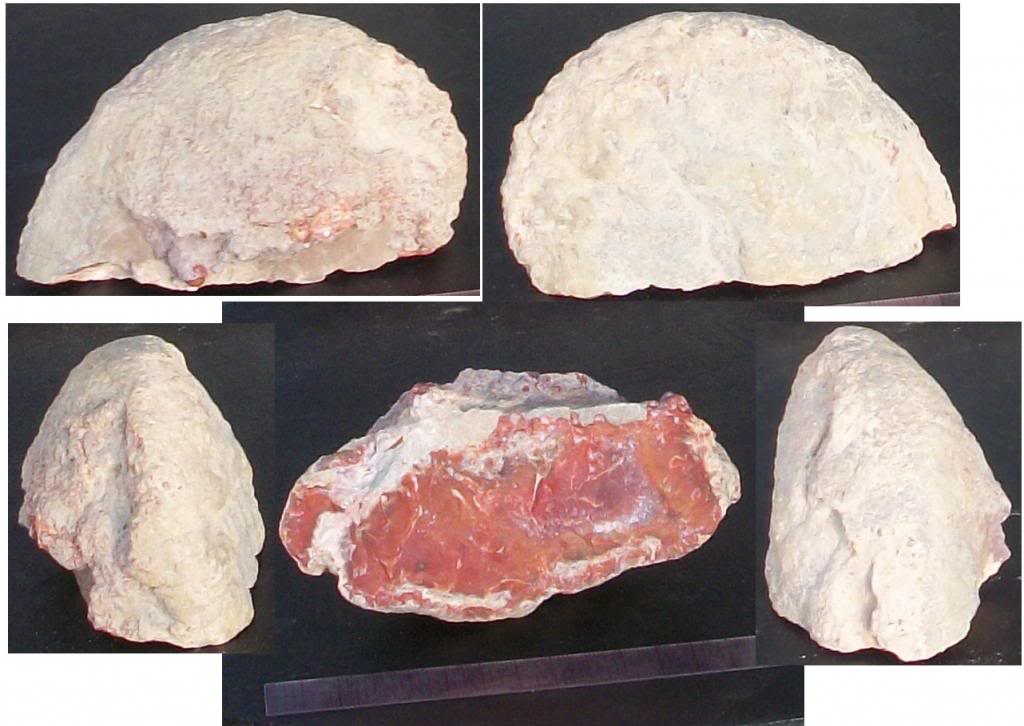 |
|
|
|
Post by Admin on Jan 21, 2022 10:22:04 GMT -7
Please explain the third photo. Is that a limestone shelf with(red) stromatolites laying on top of it and is the top of the limestone shelf the top of the lake bottom? Do those stromatolites grow on the bottom of the water body? Do they grow in shallow water like the right side shelf? Is the left side where the lake was deeper or is that a wash? Curious. My coral heads sit on a limestone shelf rolling out like bowling balls as the river washes the bank soil sitting on limestone bed. Looks like the same scenario. There is a LOT of silica in that limestone! They formed in shallow lakes, were buried, then new growths started on top. There seems to be many layers. This modern photo shows how they grow - and break up! I think most of what I found were broken before they were buried and had been rejected by previous searchers. The warty surface on the middle stromatolite shows where the "grape agate" came from. 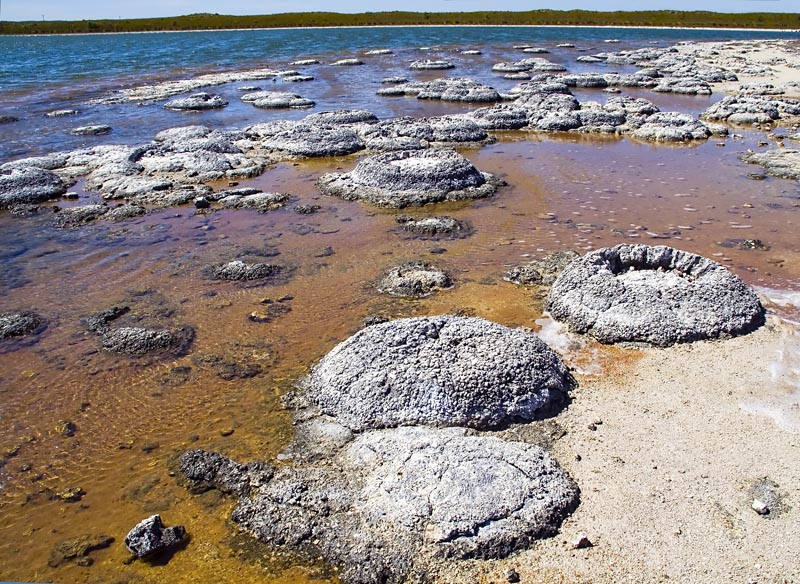 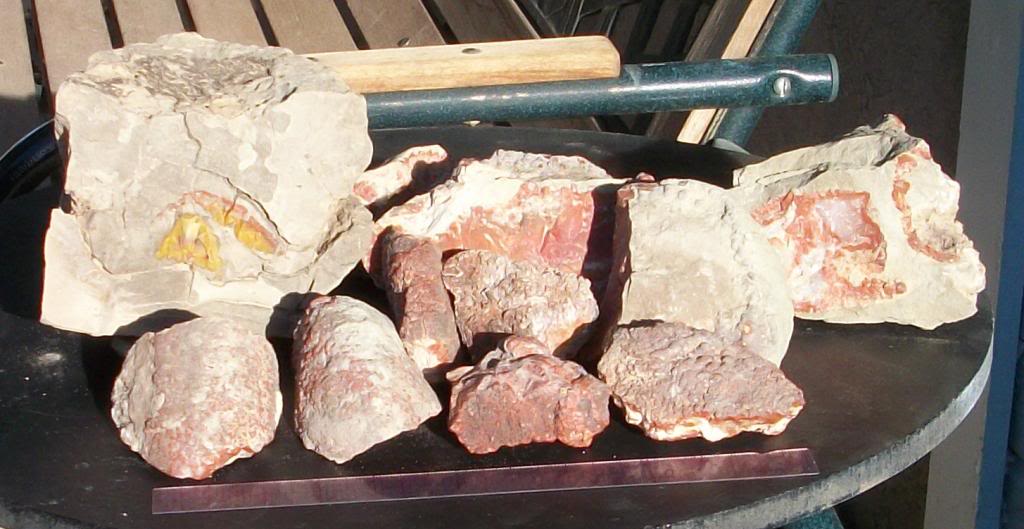 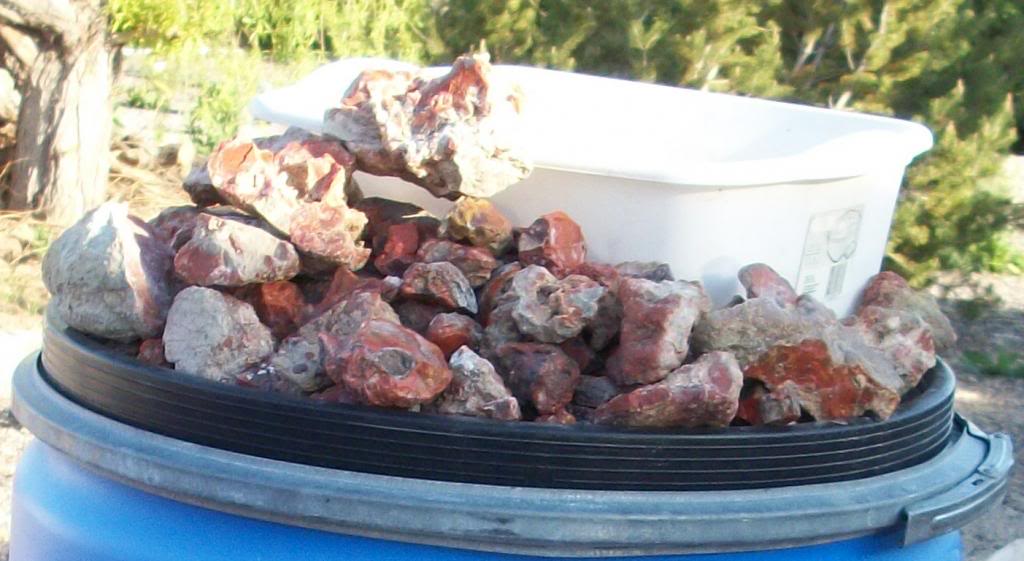 |
|
|
|
Post by Admin on Jan 21, 2022 10:23:35 GMT -7
Sromatolites can be found all the way from X to hwy 24. 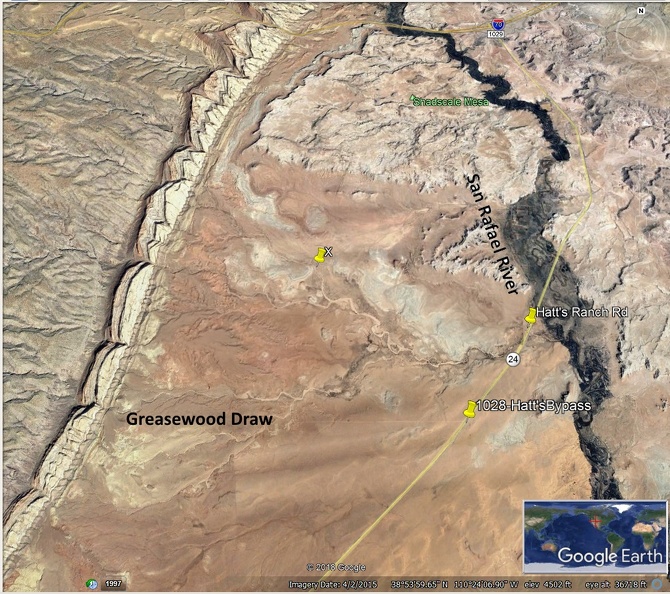 Take 1028 and finally turn right then through 3 (4 if you count the first two close ones) stream beds
to get to X where I collected.  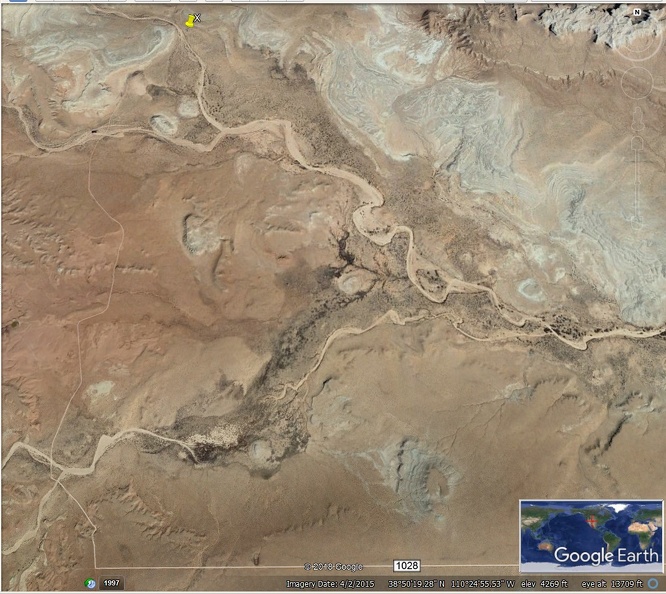 |
|
|
|
Post by Admin on Jan 21, 2022 10:24:36 GMT -7
I numbered the sandy stream bed crossings.  |
|
|
|
Post by Admin on Jan 21, 2022 10:25:52 GMT -7
Thanks for posting the information Dave. You know, I wouldn't have known they were Stromatolites, based on my limited experience of what I have seen from the Agatised Stromat's in my neck of the woods.   Even though some time they can have color, most of mine are yellowish if I had to give it a color  |
|
|
|
Post by Admin on Jan 21, 2022 10:27:27 GMT -7
I've never heard of Grape agate from this area called Stromatolites. They seem to form in blobs of highly silicated "grapes". Sometimes the grapes form as separate units, not attached to anything. They max out at about 1/4". There is no indication that they broke off from a host blob, but are whole grapes. They don't form in layers like the Stromatolites I've cut. Solo es mi opinion. Lynn  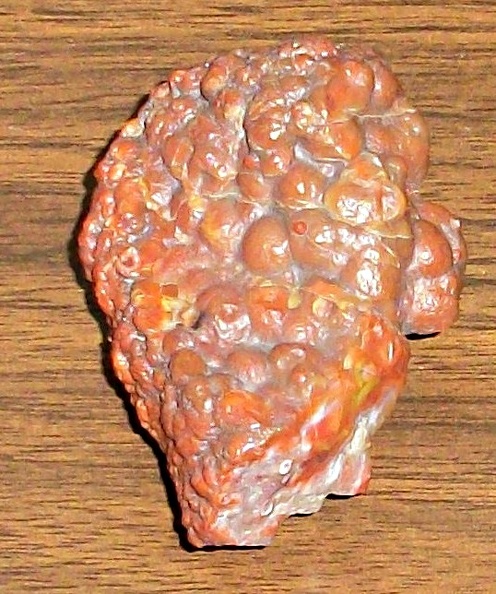 |
|
|
|
Post by Admin on Jan 21, 2022 10:29:17 GMT -7
I've never heard of Grape agate from this area called Stromatolites. They seem to form in blobs of highly silicated "grapes". Sometimes the grapes form as separate units, not attached to anything. They max out at about 1/4". There is no indication that they broke off from a host blob, but are whole grapes. They don't form in layers like the Stromatolites I've cut. Solo es mi opinion. Lynn Lynn, you got me thinking. I wish I could still get out and about so I could return to that area with a 1/2" screen to search for Stromatolite small parts from their breakup.  |
|
|
|
Post by Admin on Jan 21, 2022 10:31:14 GMT -7
I've never heard of Grape agate from this area called Stromatolites. They seem to form in blobs of highly silicated "grapes". Sometimes the grapes form as separate units, not attached to anything. They max out at about 1/4". There is no indication that they broke off from a host blob, but are whole grapes. They don't form in layers like the Stromatolites I've cut. Solo es mi opinion. Lynn Lynn, you got me thinking. I wish I could still get out and about so I could return to that area with a 1/2" screen to search for Stromatolite small parts from their breakup.  |
|